How to Be a Travel Photographer and live off your passion?
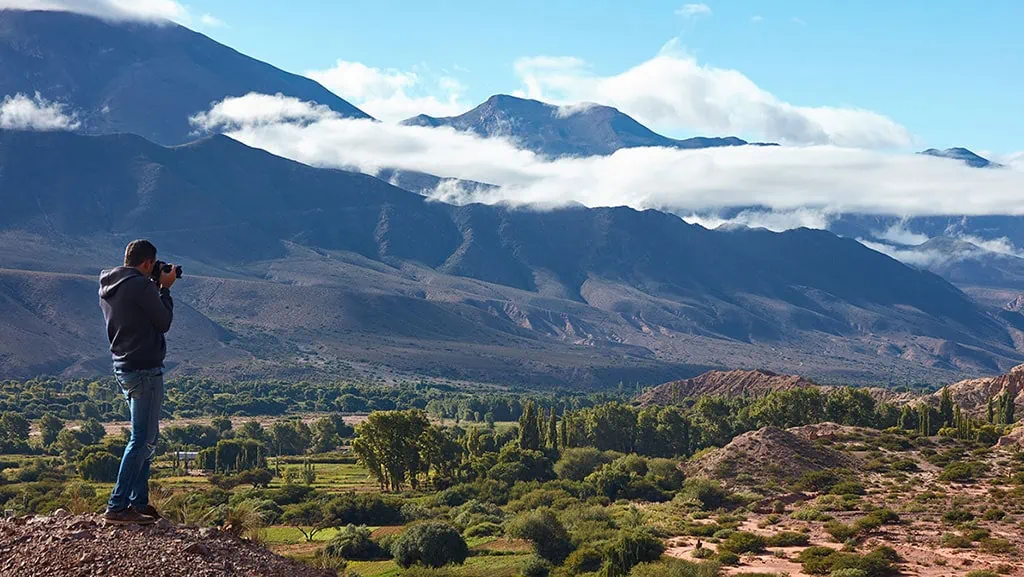
This idea fascinated me since I was young, when I dreamt among the pages of National Geographic with the images and stories that led me to live exciting imaginary adventures in faraway places.
I’m sure that, If you’re reading this article, you probably feel the same emotions and want to Develop YourPassion and go one step further as a Professional Travel Photographer.
I’ll tell you a secret: it’s not as simple as many people think, but it’s not impossible either. It is absolutely worth it and in this guide I will explain step by step how to get results and improve over time, with dedication and patience.
My photography journey began a long time ago, first as an amateur, in my spare time, and now as a professional.
It is a process of personal discovery, still in progress, that keeps generating emotions and changing my life, allowing me to combine my greatest passions.
After this brief introduction, we are ready to dive into the first part of this guide on How to Be a Travel Photographer. If you are not interested in reading the entire guide, use the table of contents below to move between topics.
What is Travel Photography?
Travel Photography is a very broad genre, including landscapes, portraits, wildlife,culture, food, architecture, documentary/reportage, events, and advertising related to the tourism industry.
From a more human point of view, we can consider it as a means to share moments, stories that tell the essence of a place, of a culture, that transmit emotions and take us on an imaginary journey.
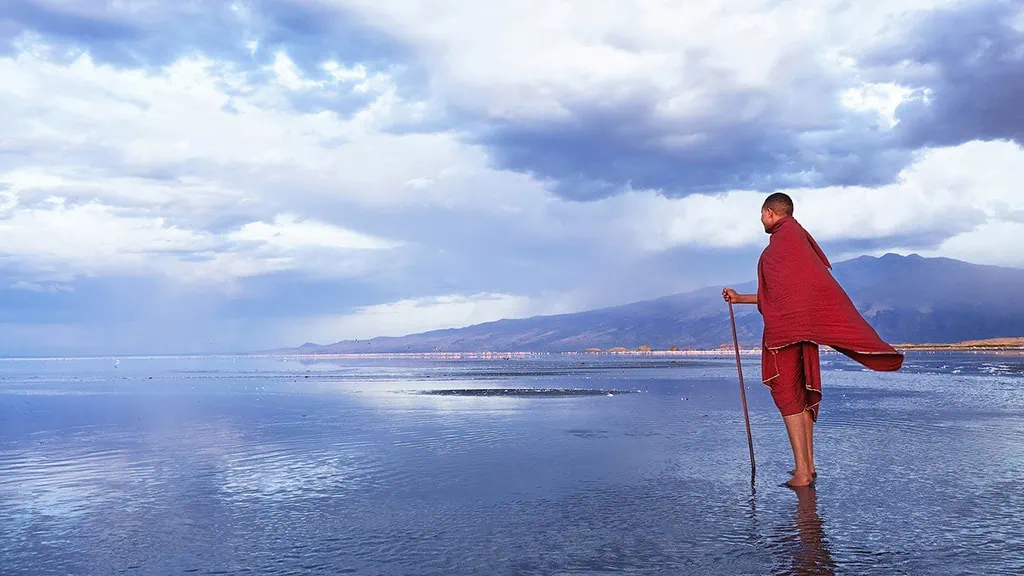
Can you make a living from Travel Photography?
Of course, even if competence is higher than in the past and there are already many images in circulation, there is always a need for new material and creative people in the world.
The possibilities are two:
- Work for someone (for example a magazine or an agency);
- Start as a freelancer, independently.
In my case, I decided to opt for the second choice and build my own space.
For some time now I have been dedicating myself to travel stock photography, as a contributor for AWL Images, obtaining good results and publications.
I also began to propose myself with Photoshoot Buenos Aires, a portrait service for travelers, and started teaching through courses and tailor-made experiences in the capital with Photo Tours in Buenos Aires.
In addition, I offer Editorial & Commercial Photography services for hotels, resorts, personalities and tourism institutions.
All this with the warm support of my students and people close to me, which is fundamental on a mental plane and important to receive constructive feedback and continue to improve.
The key to growing your business and become a Professional Travel Photographer is first of all to diversify your services (staying in the same niche), without expecting everything to work at the beginning and setting yourself short term goals.
Slowly you will understand what works best and what doesn’t. The important thing is that what you do reflects you and your personality.
At first it is never easy, there is a lot to learn and some expenses to take into account, but if you stick to the guidelines that I will show you next, result of my personal experience, you can live this change with more awareness.
How much does a Travel Photographer make?
It is not easy to define the Travel Photographer’s salary in numbers. It really depends on the type of service you offer, the connections you manage to generate, how you promote your work, and who supports what you do.
If a great name like National Geographic sponsors your work, the results are guaranteed.
The Characteristics of a Travel Photographer
Usually, a Travel Photographer has certain characteristics that serve to deal with situations that can be very different from those in which one is accustomed to the everyday environment and help to relate to others.
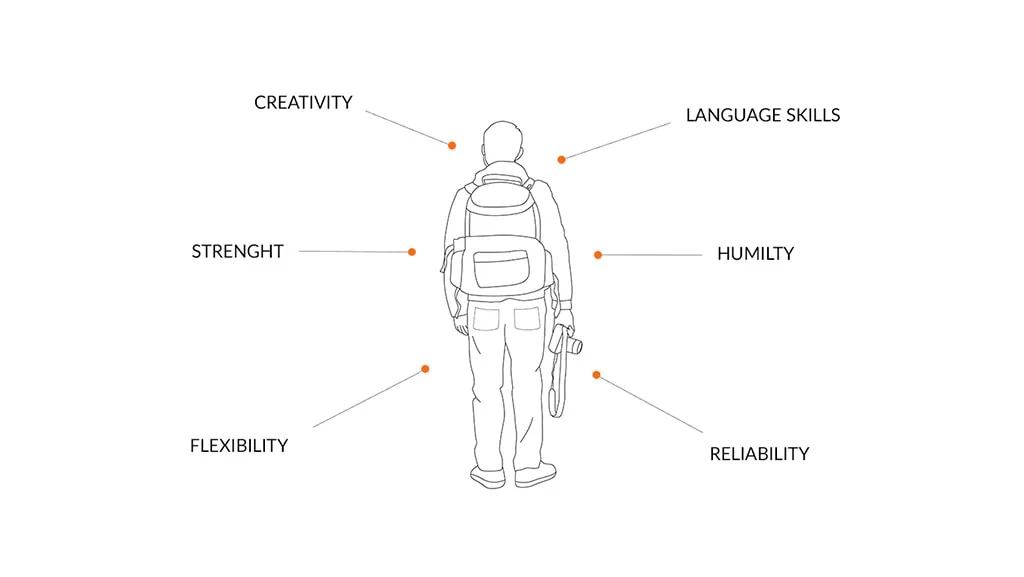
Respect and Humility
The journey often involves meeting with situations of extreme poverty and people willing to offer us the few things they have to show hospitality.
As well as cultures and societies that live differently from us, with aspects that we may not agree.
The Travel Photographer must be able to approach these realities with humility and respect, not only because it is the right way to relate to others, but also because this attitude will open up many more possibilities.
It is a sign of great nobility and you will get the gratitude of the people you meet along the way.
Mental and Physical Strength
The Travel Photographer must get used to moving for hours and hours with different means of transport, on planes, trains, or a nice Tuk Tuk!
You will often have to complete the work in a limited time, without being able to take any breaks. In addition, you will have to deal with long queues, temperature changes, language barriers, health problems, etc..
All of which can be stressful in the long run.
For this reason you need a good physical and mental preparation, which will help you to live your profession with serenity.
Good Language Skills
A minimum knowledge of languages helps you move around better.
For sure, You could always rely on a translator, but many times the budget doesn’t allow it, so it’s convenient to be able to ” arrange ” in some other way.
Already with English, Spanish and French you will cover a good part of the world and on occasion you can rely on a local guide, which in any case, especially when it comes to ethnic photography, is always an ideal choice to approach another culture.
See also: Ethnic portrait in Travel Photography
Flexibility and Reliability
Get ready to cover a traveling event, a documentary assignment from a magazine, or any other task with a last-minute change.
In real life you get as organized as possible, but the unexpected is always around the corner.
Especially if you work as a freelancer, it won’t be enough to be a good photographer, you’ll also have to show flexibility in your schedule, reliability in the field and in the delivery of work.
Creativity
It’s a quality that every photographer should have, not just a travel one. I’ll never get tired of repeating it, try to be creative.
There is always a high demand for original content and creativity is the most important skill, which also depends on your preparation and inspiration.
Get Up Early!
It’s not a quality, it’s a suggestion. Local life starts before dawn and you don’t know how many things you’re missing by staying under the blankets. Get used to getting up early and taking advantage of the best light hours.
Below you will find a list of 16 steps, consider it as a “checklist”. Print it out and review it over time, keeping track of your progress.
There are many paths you can follow to Become a Travel Photographer and each one will add something extra to your experience.
Behind the success there is above all a great effort, dictated by passion, study, practice and experience.
A trial and error that depends on you, as well as other factors: your geographical location and the working relationships that you will develop along your career.
Step 1 - Ask Yourself Some Questions
What do I like? What kind of Travel Photographer do I want to be?
To understand How to Be a Travel Photographer and answer to these key questions it is important to move towards a choice that is a result of your personality, of what you really like.
Maybe you want to work as a Humanitarian Photographer or Photojournalist and cover events in difficult areas of the planet to tell a story.
Or maybe you want to photograph for large hotel chains or tourism-related businesses, be a Wedding Destination Photographer or even just share your passion with others.
There is an important difference between one case and the other, and you will have to take it into account from the beginning.
Don’t You Have a Clear Idea?
Start working on what you’re most passionate about and gradually, with experience, you’ll understand what is the right path for you.
Step 2 - The Travel Photographer Gear
The weight of the equipment is a key element for the travel photographer. Less weight, less effort, and easier mobility when travelling.
The difficulty lies in maintaining a good balance between weight and quality, since in general, especially in optics, “weight” is also a synonym for quality.
Where do we store the equipment? What is the ideal bag for a Travel Photographer?
In my case, I’ve been traveling for a long time with a “Think Thank” photo trolley, custom-designed to be carried as hand luggage and indispensable to transport all the equipment I need.
Once at destination I choose only part of the necessary gear according to the type of activity I am going to do, placing everything in a Lowepro backpack, well-padded and with rain protection.
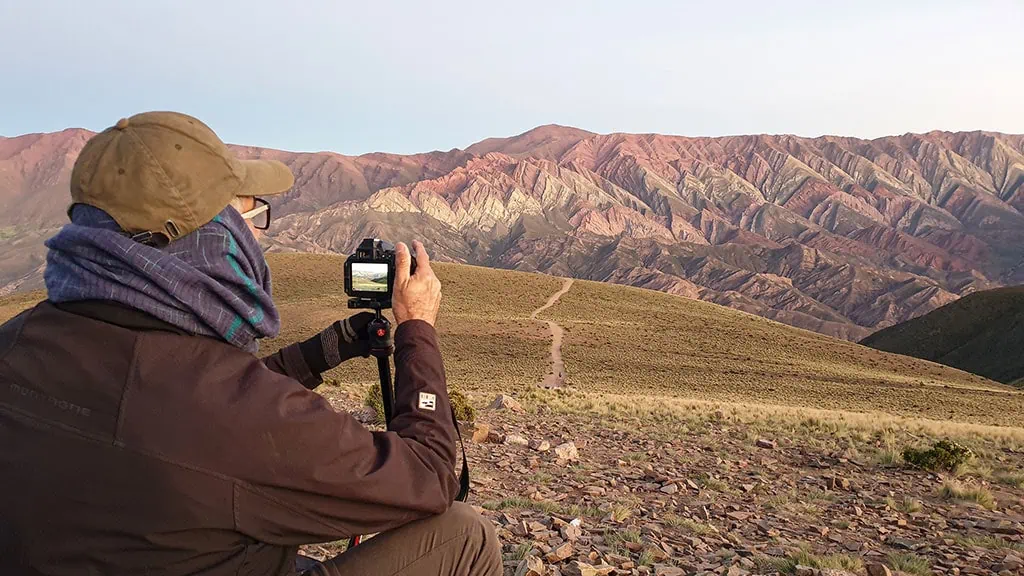
The type of equipment clearly depends on what photos you want to do.
If you’re into documentary photography, for example, you might want to go for a Mirrorless camera with a short focal length lens (like 50mm), a combination that’s not invasive when approaching people.
If you’re focused on landscapes and sell prints instead, you’ll probably need a camera with a large sensor to maintain high quality, a carbon tripod, solid and lightweight for travel, at least a wide-angle lens and a good set of ND filters.
Study your equipment and get to know it well to get the most out of it on journey.
If you’ve just dived into the world of travel photography, check the article below about the essential equipment to get started.
Are you worried about safety during the trip with expensive equipment?
You’re right to think so.
In a place you don’t know you’ll have to be even more careful, ask the local people for advice before you go and perhaps insure your equipment.
I’ve been relying on World Nomads for a long time, which offers good coverage for photographers.
Step 3 - Learn Travel Photography
This point is often overlooked. The truth is that you never stop learning and even the best photographers always need to study and update in order to remain active in an ever-changing market.
Personally, I started training myself with photography manuals, on my own, by reading. Then, over time, I realized courses with other photographers, even those not related to travel photography, to have a wider vision of the topic.
I especially like to imagine, looking at a picture, what the photographer did to get it and I don’t give up until I understand it.
To date I continue to study, learn and teach through my courses, to try to convey my personal experience. From travel photography, to color theory, post-production, composition, portrait, the study of light. etc.
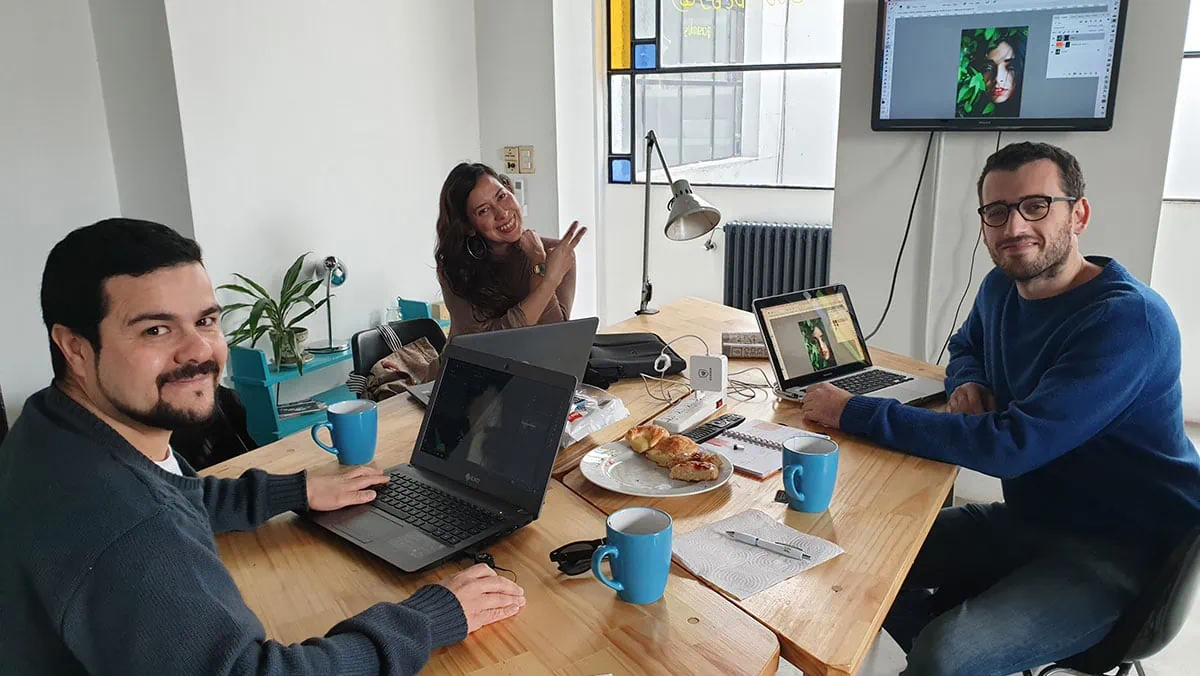
Study takes time, but it is fundamental, as well as practice. If you can’t travel that much, start photographing locally, maybe some festivals, portraits and landscapes around home.
You will be able to put what you have learned into practice and get to know your equipment better.
TIP: Taking part in a Travel Photography Workshop will exponentially increase your skills, with the practice, experience and support of a professional photographer. An amazing experience to learn photography.
Step 4 - Get Inspired By Other Travel Photographers
This will also help you realize what kind of travel photography you are looking for.
The Travel Photographer Job requires commitment and sacrifice, but first of all passion and inspiration for what you do.
The photos will speak for you!
Step 5 - Develop Your Own Style
To learn How to Become a Travel Photographer you will first have to understand what you like. That’s why it is important to study the work of other professionals.
Gradually decide how you want to show yourself to your audience: through the use of color or black & white, or maybe you want to make your portraits known only through the use of natural light, or on the contrary, with studio lights.
Whatever the case, this choice will help others to recognize your photos more easily, thanks to a Unique and Particular Style.
See also: Black and White vs Color Photography
Therefore, the study of technique and post-production is fundamental, in order to maintain a homogeneous work.
TIP: don’t worry so much about trends, they come and go. Do what you like, follow your own style.
Step 6 - Produce Content, Build An Effective Portfolio
To generate interest in a client and start earning money you will first have to produce content related to what you want to do and then organize it into a portfolio.
Consider it your business card. You will often need it and it will demonstrate, at least at first glance, your experience and professionalism as a photographer.
The portfolio represents the best of your work, choose a few images, but powerful. Try to be critical and improve it over time. Personally, I decided to divide it into themed galleries, but you can present it in different forms, depending on your style.
Nowadays it should be enough for you to present your portfolio in digital format, through a website or Instagram. If necessary, in any case, you can always create a physical copy, printed on paper.
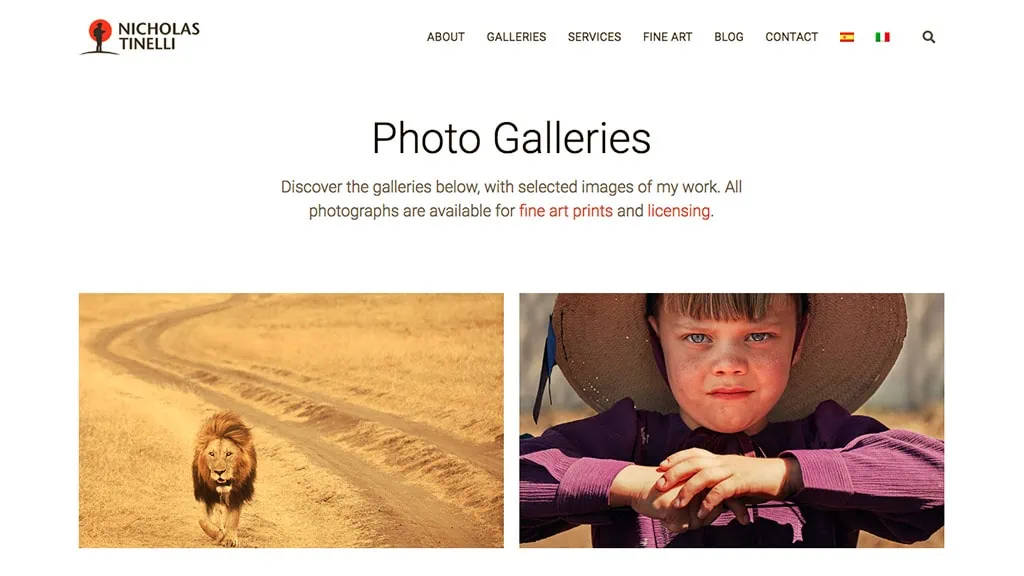
In order to be able to improve your travel photography portfolio over time, try to keep your photos organized, as the number of images has increased considerably with digital photography and you may find it difficult to retrieve what you need when you need it.
TIP: when travelling, take a wide selection of your portfolio with you on an external drive or in the cloud.
It’s possible that a client will get in touch with you and need a quick response, and it’s convenient to have more material with you to show them before they look for another photographer.
See also: How to Build a Photography Portfolio
Step 7 - Participate in Travel Photography Internships
You need to produce new content. You already photographed a lot around home and now, you feel ready to expand your vision.
You’re on your way!!
An interesting idea to grow your portfolio and at the same time live a wonderful experience abroad is to participate in a Travel Photography Internship.
In this way, you will be able to participate in different projects worldwide, ranging from community volunteering and conservation of flora, fauna, and environment, to teaching, human rights, and photojournalism.
Here are some example of companies that organize this kind of activity:
You will be part of a team, meet new people, acquire new skills and make a great contribution to the community.
There are many projects and destinations available. Check carefully what best suits your needs and interests. You will approach situations that were previously just a distant dream.
It will be the beginning of a new adventure and an important step in your career as a professional travel photographer.
Once you have collected the material you will have a more solid portfolio and more chances to be accepted in large multimedia content agencies.
Step 8 - Create a Logo
A beautiful logo identifies your business, has an impact on the public and helps to show your professionalism.
Try to be creative and if you can’t design it yourself, rely on an experienced freelancer and not on a generic logo design service.
Step 9 - Build a Website
A simple and clear website, not only improves your presence as a professional, but is also the ideal way to show your portfolio.
Try to take care of the aesthetics, says a lot about you as a photographer.
Depending on the commitment you want to put into it and your interest in getting results, you will be faced with important choices:
What system do I use to build it?
Personally I chose WordPress (the .org version, be careful! wordpress.com is not the same thing), a development ecosystem that allows me a good dose of freedom.
I can do most of the “routine” work on my own and rely on a developer if I need to do something more complex.

Other platforms, like Wix, Squarespace or Weebly allow, through a “drag and drop” system, to build a website easily, but in reality the limitations are many and at a certain point you find yourself forced to a change.
Perhaps with the need to implement a function that is not yet available or continuous problems with the layout.
The third option is to rely on a web developer to build it directly in code and possibly a designer, two fundamental figures if you decide to take this path.
It may be a bit more expansive, but you will certainly get a completely customized job.
Where do I buy the domain?
Choosing the hosting for your website
Think about SEO
SEO (“Search Engine Optimization”) is an important factor if you want your customers to find you in organic form by entering keywords related to your business on Google or other search engines.
The choice of platform you use to build your site will also affect SEO. The advantage of WordPress.org is that you can optimize your OnPage SEO easily using plugins like Yoast or RankMath.
TIP: Search “Travel Photographer Website” on Google to find inspiration from the work of other professionals in your own niche.
Step 10 - Improve Your SEO
Now that you’ve got yourself in the game with a website, you’ll have to think about improving your SEO.
You can do this for example by creating valuable content for your blog or developing your social networks.
There’s a lot to learn on the subject and you’ll find interesting articles to start with in Yoast and RankMath’s blog.
Step 11 - Develop your presence in Social Media
Never before have social networks been so important. Don’t exaggerate trying to run many social profiles.
I recommend you to invest your efforts on Instagram and YouTube as a professional photographer. They’re two channels that can give you more results.
Remember that achieving success on social media is not easy, but it’s worth a try.
Instagram Tips:
- Don’t rely on services that promise paid followers, it’s an unfair and useless technique that doesn’t produce results. Instead, try to get them to follow you for who you are. You’ll have fewer followers, but obtained organically, of greater value.
- Search among your “Competitors” and find relevant “Hashtags” with your niche that can better position you with the Instagram algorithm.
- Reply to comments and engage with people related to your niche to build relationships.
- Tag travel and photography brands, as well as tourism agencies.
- Use the “Geo-Tag” in posts and stories.
- In addition to images, using quality video content in the feed and stories can increase your chances of success.
- Take care of your “Feed” style and optimize your “Bio” and “Highlight Stories”.
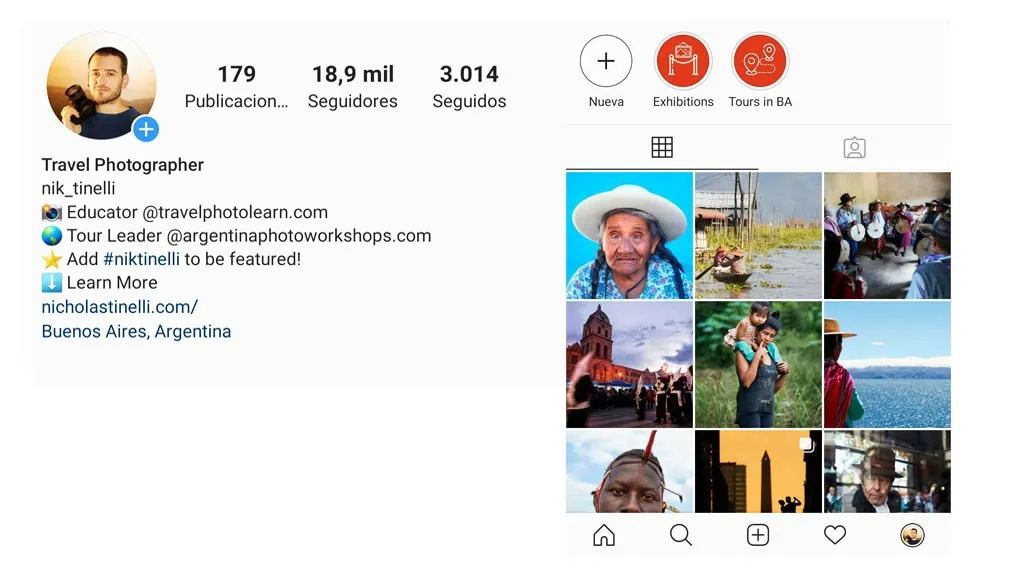
Don’t get obsessed!
Social Media requires great effort, just try to do your best and, if you really want to do things properly seek the advice of an experienced freelancer who can give you useful tips to organize your social strategy.
Step 12 - Promote Yourself, Search for New Clients
Now that you have everything in order and can present yourself professionally, it’s time to make yourself even more known and go looking for new customers.
Try to promote your work first among family and friends, and then with small local businesses.
Especially these days, with social networks, everyone is looking for a better way to introduce themselves to their audience and the need to renew their image.
Have a look at my commercial service for companies and individuals to get an idea.
Tip: Get a certification on Google My Business (you can do it even without having a physical direction).
Optimize your account properly to improve your local SEO, allowing more customers to discover your business. In addition to this, you can also register in some photographers’ directories.
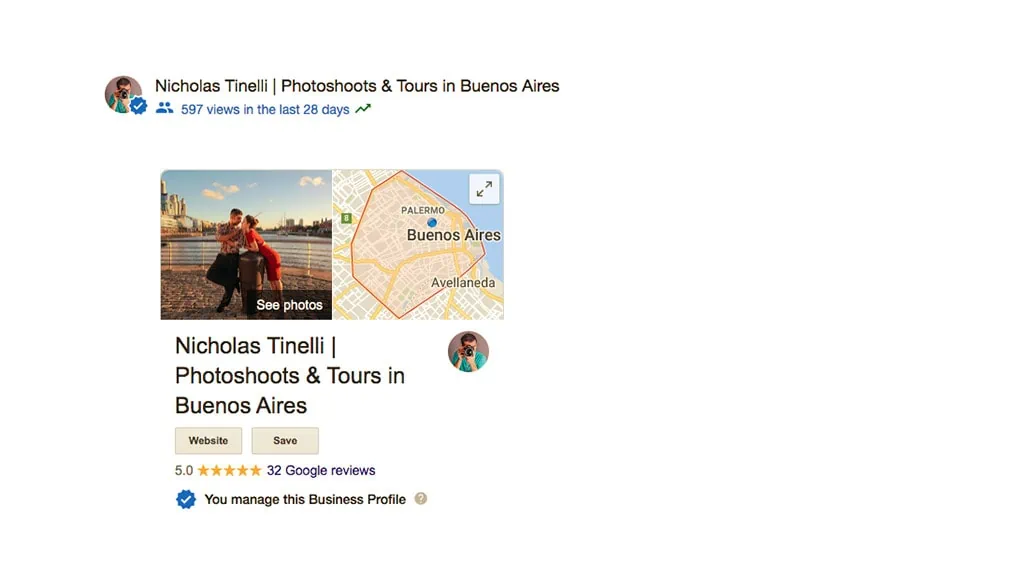
Work on your website, SEO and social networks should already give you results and visibility.
If in any case you feel that this is not enough, you can promote your business through advertising on Facebook, Instagram, Youtube or Google Ads.
Tip: At least at the beginning you should rely on the advice of an expert in Digital Marketing. This way you will avoid throwing money away.
Optimizing a campaign without the necessary knowledge is not easy.
Step 13 - Enter a Travel Photography Contest
It takes time and concentration, but participating and achieving results in a travel photography contest can increase your visibility exponentially, with all the benefits that follow.
Photo Contest Insider is a source where you can stay up to date with the latest news from the competition front.
Tip: Read the rules well and make sure that the contest organizers respect the rights of the photographer and that by giving your consent you do not allow a perpetual and free use of your images.
Step 14 - Get Your Work Published
I remember the first time one of my pictures was published in National Geographic. As soon as I heard about it, I exploded with happiness.
As a photographer, there is no better recognition and it means that your work is considered professional.

Getting a publication is a great achievement and possibly the first of many.
Unless you work directly for a magazine or an agency, as a freelancer you will have two paths to follow to increase your chances of being published:
1. Contribute to Stock Agencies
Participating actively with your images in stock agencies will take up your time, you’ll need to make sure you offer quality images and “tag” them correctly.
Over time you will get important publications that will help you promote your business.
There are many image stock libraries on the market.
Generally divided into:
- Microstock
- Macrostock
- Premium Stock
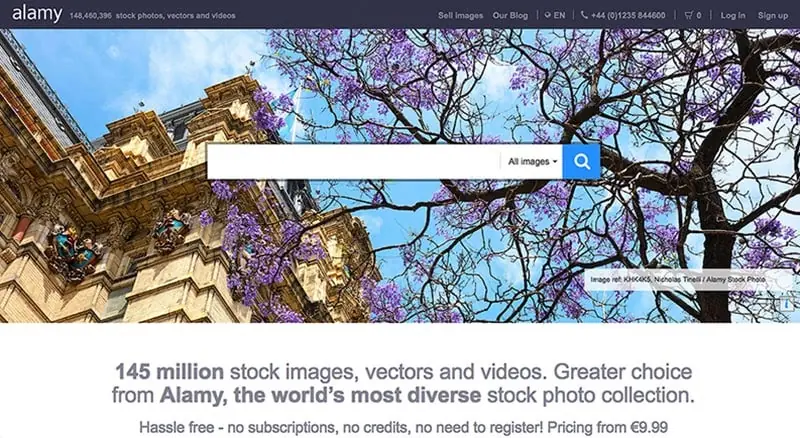
2. Pitch a Story to a Magazine
This is another effective method to obtain publications, although it takes a lot of time and preparation. In this case you will need to create a direct contact with a journalist or editor. So try to be prepared, friendly and professional.
Also keep in mind that a publisher receives a lot of emails a day and yours may get lost for some reason. Insist without exaggeration, let some time pass in the case and send it again. If at the second chance you don’t get a reply, forget it.
You’ll have to put together a sellable story, that includes text and photos. If writing is not your strong point, get help from a professional copywriter, you’ll find plenty on Fiverr.
Tip: Do an accurate research. This means reading other articles published by the magazine carefully, analyzing its style and the audience it addresses.
Take a look at Wanderlust Magazine’s guidelines to better understand how to move and create important and lasting working relationships.
Step 15 - Sell Prints
There’s nothing like seeing your artwork printed. Selling prints can help you earn more money and make your work more popular.
You can do it in different ways. Start by offering this service to family and friends, and then you can do it through your website and social networks. Have a look at my Fine Art prints page to get an idea.
Another option is to offer your work to local galleries, it will help you to create an important space as a photographer and artist.
Step 16 - Teach and Organize Travel Photography Workshops
Once you have reached maturity as a Travel Photographer, you will also be ready to pass on your knowledge and passion to others.
You will be able to teach and organize courses in person and online, and form a group that will grow over time.
You can also provide Photography Workshops.
I personally offer Travel Photography Workshops in Argentina. This allows me to travel even more, produce more content and give a unique experience to other enthusiasts like me.
TIP: There are already many groups of photographers who organize this kind of activity on the market, try to propose yourself showing them your solid experience, they might be interested in expanding their proposal.
Step 17 - The importance of Storytelling
You have reached the final step of this guide on How to Be a Travel Photographer. You almost made it!
Last but not least: the importance of visual storytelling. A travel photographer must be able to convey emotion, through the use of composition, light, colors, and telling a story, involving the public.
It is the soul of this work and gives meaning to what we do.
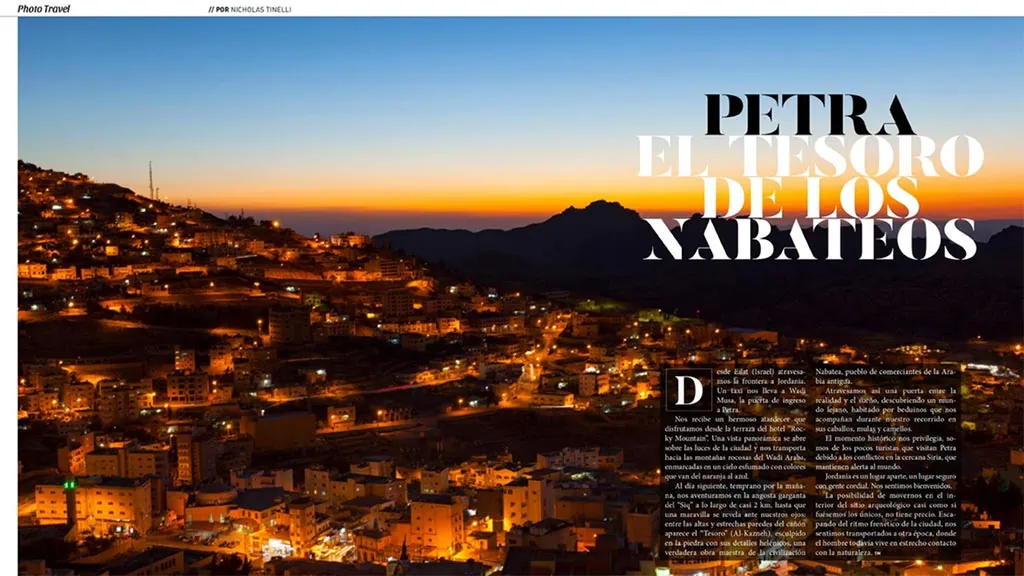
Take example from photographers who dominate storytelling and capture the attention of their audience, such as GMB K Akash, who tells with extraordinary images the harsh street reality of Bangladesh or Ami Vitale, who has long been dedicated to the conservation of rhinos in Africa.
If you can communicate with your audience not only with images, but also through your experience and use of words, you will have achieved the greatest of results.
How to Be a Travel Photographer - Final Notes
Finally, I must say that I enjoyed writing this guide on How to Be a Travel Photographer, which I hope you found useful.
The references to external sites and photographers have no commercial purpose, they are the result of my personal experience and if I have included them is because I believe they are really valuable.
The Travel Photographer’s career is very attractive but certainly not easy to pursue. Think of it this way: you’re following your passion and it’s not a waste of time.
Don’t be in a hurry, try to understand what you want, put into practice the points I have described gradually and above all: Have fun on the way!
On my side, I will continue to keep this guide updated over time, so that I can always share relevant information and hopefully add a few more travel photography tips.
If you have any comments I’d love to read them.

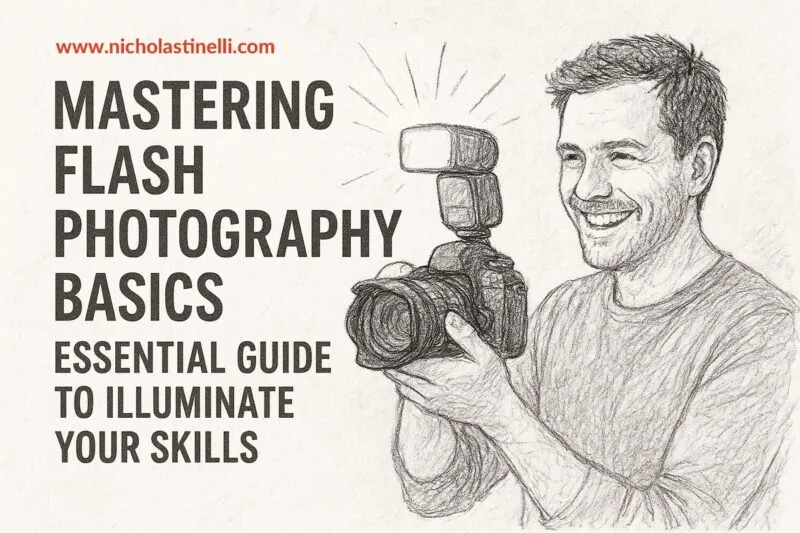

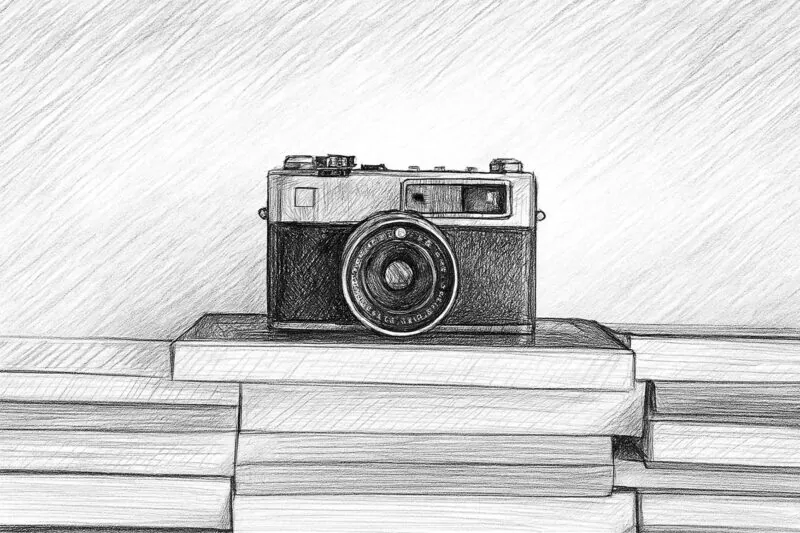

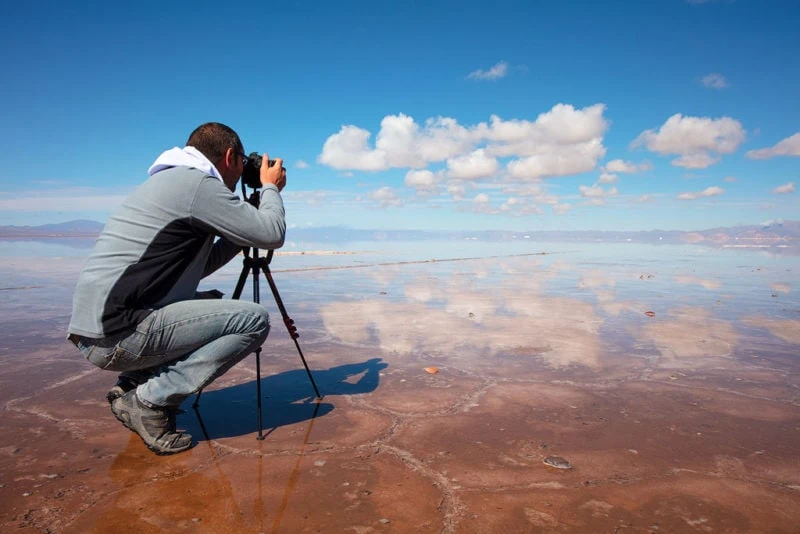

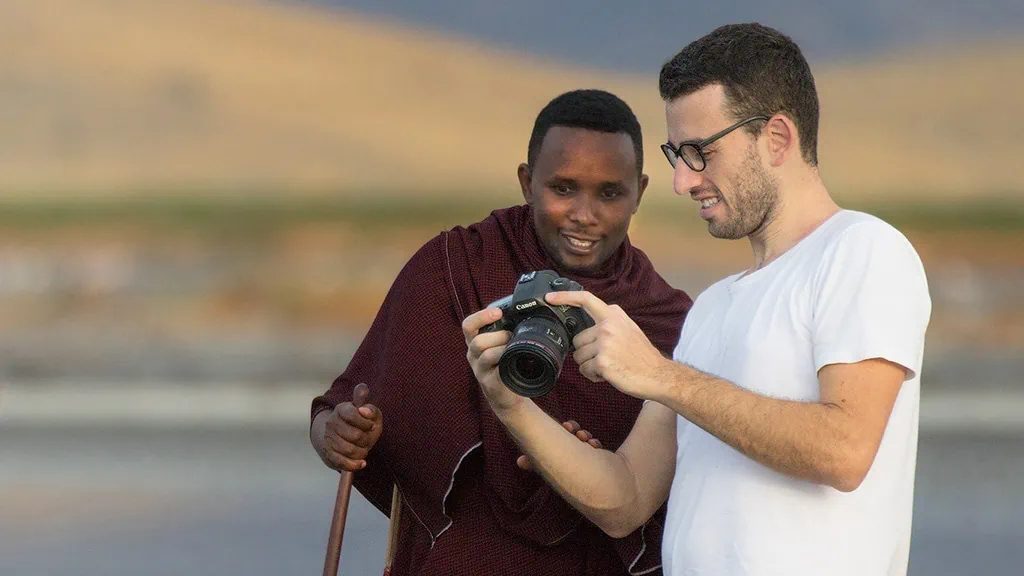

2 thoughts on “A Sincere Guide on How to Be a Travel Photographer”
I’ve been following your blog content with interest for a while. Until now, I have always been photographing as an amateur, but I would like to be able to pursue a professional career. Thank you for providing this guide and your experience. I was wondering, what camera and lenses do you use?
Thank you, Thomas, for taking the time to read it and leaving a comment. I really hope the guide will be helpful. Actually, I’m photographing with a Canon 5DSR, a great camera body. As for the lenses, I don’t separate myself from the 24-70 mm and the 70-200 mm, two optics that I always carry with me on travel.